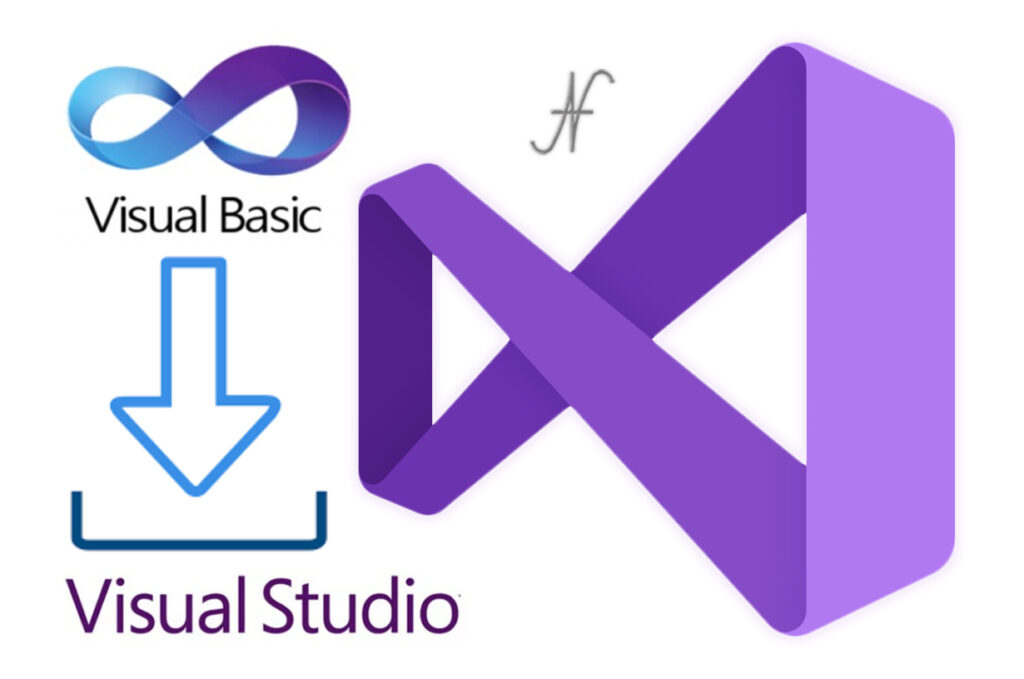
Free eBooks for Beginners
Connection handling is an important aspect of programming as it allows you to connect to and interact with different types of data sources, such as databases and web services. In this article, we will discuss connection handling in Visual Basic .NET (VB.NET), a popular programming language that allows developers to create a wide range of applications.
When working with databases, you will often need to open a connection to the database in order to retrieve or update data. The most common way to connect to a database in VB.NET is by using the ADO.NET (ActiveX Data Objects) library. ADO.NET provides a number of classes and methods that make it easy to work with databases.
The first step in connecting to a database is to create a connection string. A connection string is a set of key-value pairs that contains information about the database, such as the server name, user name, and password. Once you have a connection string, you can use it to create a connection object.
The next step is to open the connection. Once the connection is open, you can use it to execute SQL commands, such as SELECT, INSERT, UPDATE, and DELETE. When you are finished working with the database, you should close the connection.
It’s also important to handle errors that may occur while working with connections. This can be done using the Try-Catch block statement. This statement allows you to specify what should happen if an error occurs. For example, if a user enters an incorrect password, an error will occur. To handle this error, you can display a message to the user or redirect them to an error page.
In addition to working with databases, connection handling also applies to connecting to web services. A web service is a program that can be accessed over the internet and can be used to retrieve or update data. There are many different types of web services, such as SOAP and REST.
To connect to a web service in VB.NET, you can use the WebClient class. The WebClient class allows you to send and receive data over the internet. Once you have connected to the web service, you can use the DownloadString() method to retrieve data and the UploadString() method to send data.
In conclusion, connection handling is an important aspect of programming as it allows you to connect to and interact with different types of data sources, such as databases and web services. VB.NET provides a number of classes and methods that make it easy to work with connections. Understanding the basics of connection handling is important for every programmer, as it allows you to retrieve and update data and connect to web services. As a beginner, it’s important to practice working with connections and error handling in order to improve your coding skills.
Cookbook – VisualBasic.NET for Beginners – Chapter 15 : Connection Handling
 Loading...
Loading...
Disclaimer: The information and code presented within this recipe/tutorial is only for educational and coaching purposes for beginners and developers. Anyone can practice and apply the recipe/tutorial presented here, but the reader is taking full responsibility for his/her actions. The author (content curator) of this recipe (code / program) has made every effort to ensure the accuracy of the information was correct at time of publication. The author (content curator) does not assume and hereby disclaims any liability to any party for any loss, damage, or disruption caused by errors or omissions, whether such errors or omissions result from accident, negligence, or any other cause. The information presented here could also be found in public knowledge domains.
Learn by Coding: v-Tutorials on Applied Machine Learning and Data Science for Beginners